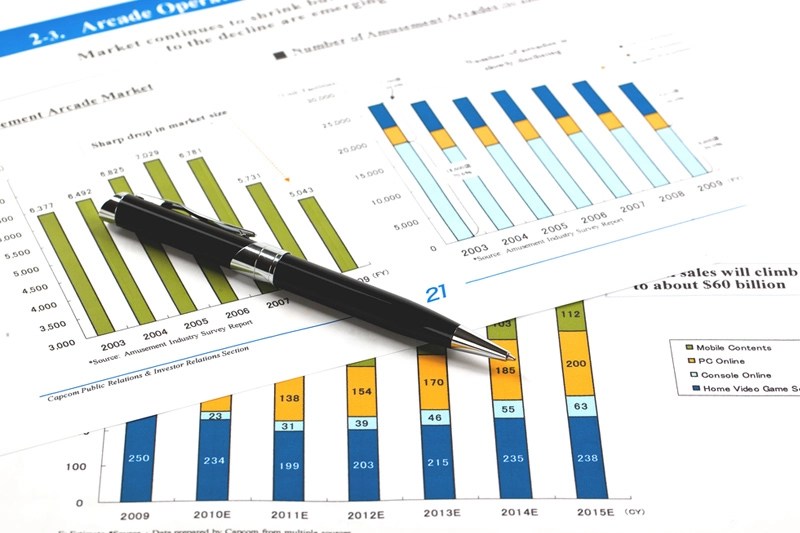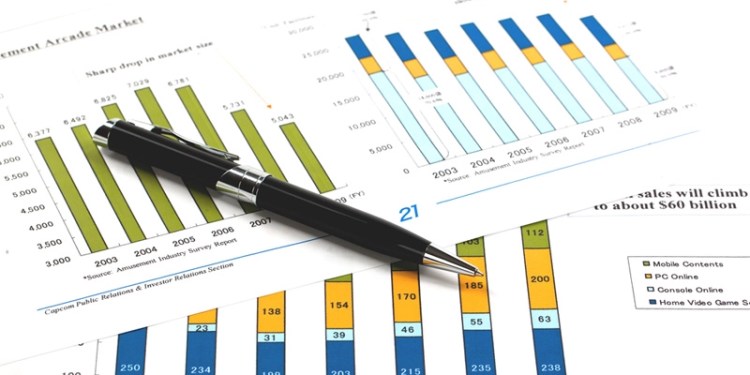
The Bank of England’s Monetary Policy Committee (MPC) has maintained its key interest rate at 5.25%, a decision that some economists believe could signal the peak of the U.K.’s interest rate cycle. Richard Garland, chief investment strategist at Omnis Investments, and Philip Saw, chief economist at Investec, both expressed the view that rates may have reached their zenith on Thursday.
Garland pointed out that the Bank seems to have concluded that current monetary policy is sufficiently tight to curb strong wage growth and bring inflation back to target, given emerging weaknesses in other areas of the labour market. The MPC’s vote was a close one, with five members in favor of maintaining the rate and four against. Garland noted that this leaves room for the committee to react if circumstances change but added that there’s a high possibility we are witnessing the peak in this U.K. interest rate cycle.
Saw echoed Garland’s sentiments, stating that despite the decision being a “close call”, the Bank may have decided not to place too much emphasis on July’s wage rise figures. He further predicted a potential loosening of policy by mid-2024, suggesting an end to the hiking cycle.
Julian Jessop, Economics Fellow at the Institute of Economic Affairs, also commented on the decision. He stated that while it was less surprising following recent improved inflation data, it was still welcome news. Jessop noted signs of weakening demand and deceleration in money and credit growth as indicators that interest rates are now on hold. However, he warned that this should not be taken for granted due to persistent inflationary pressures.
Jessop also highlighted that monetary policy isn’t solely about official interest rates. The Bank will continue its policy of ‘quantitative tightening’ (QT), reducing its holdings of government bonds by another £100 billion (£ 1=$1.23) over the next 12 months, which will maintain some upward pressure on long-term borrowing costs. Despite this, Jessop affirmed that the Bank has made an appropriate decision, potentially indicating that interest rates have peaked lower than many had anticipated.
This article was generated with the support of AI and reviewed by an editor. For more information see our T&C.
Source: Investing.com






























